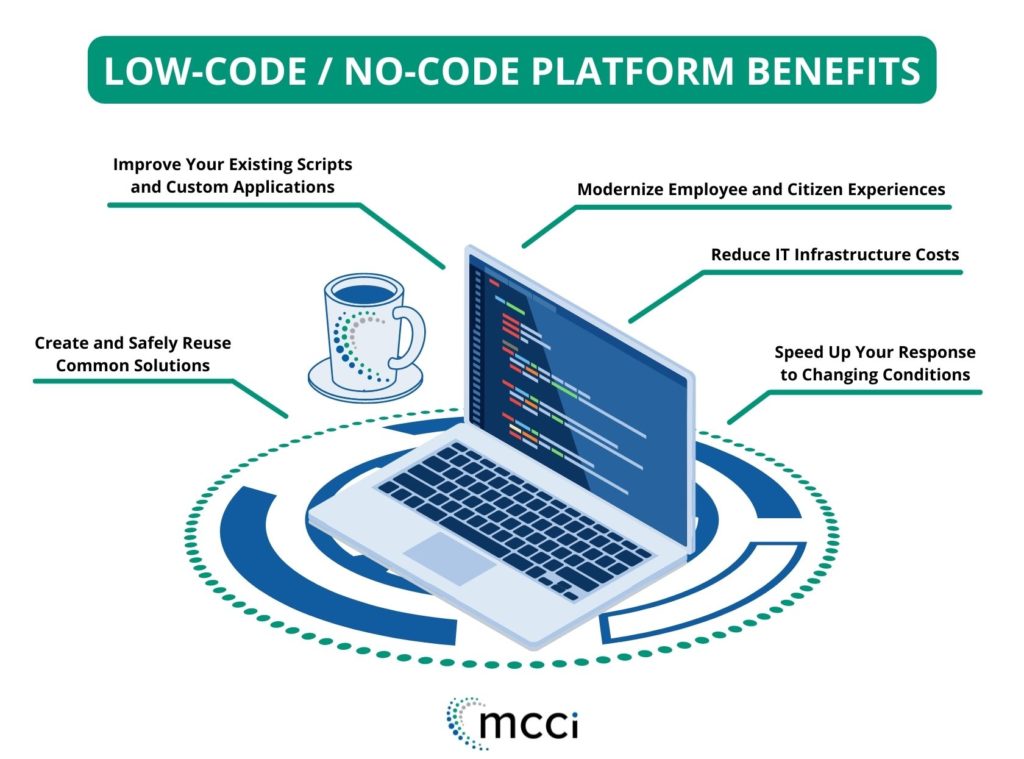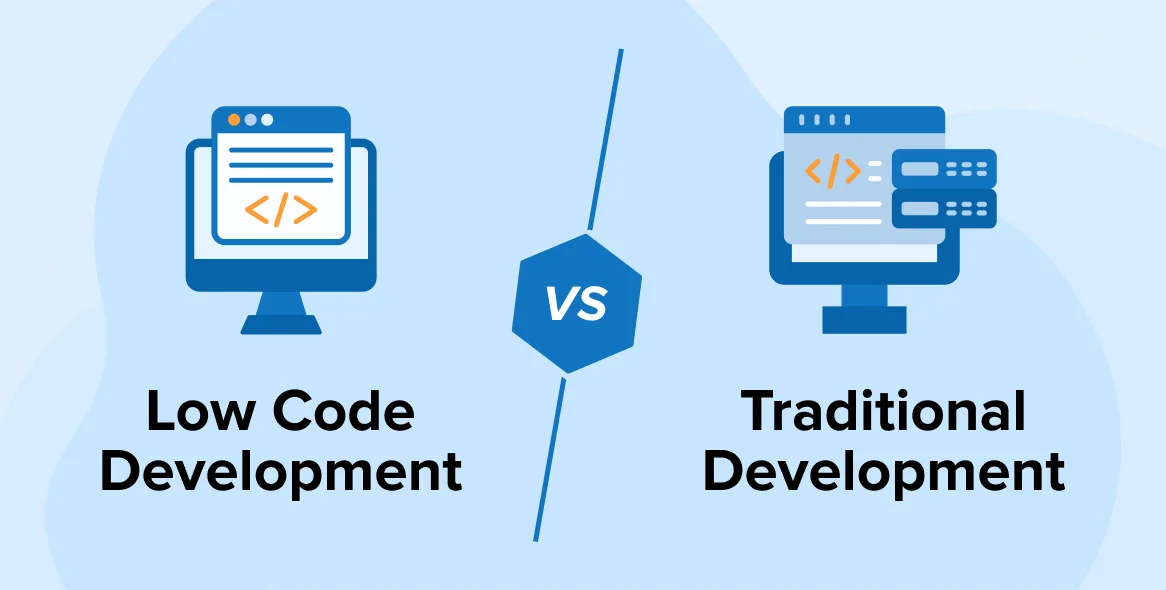Why Governments Are Turning to Microsoft Dynamics 365
When a procurement team or CIO weighs new software, they usually start with two hard questions: Will it make life easier for citizens, and will it keep our data safe? Microsoft’s Dynamics 365 for Government (often shortened to D365 Government) answers both with a FedRAMP-moderate cloud, GCC High options for ITAR data, and modular apps that slot into existing workflows. The platform is not simply a “CRM”—it’s a family of secure ERP, case-management, and low-code tools engineered for the public sector.
“When governments modernize with Dynamics 365, they don’t just digitize forms—they redesign processes so a driving-license renewal takes minutes, not weeks.” — Tamer Badr, Owner & CEO, Singleclic
Singleclic has deployed Dynamics 365 in ministries of health, finance, and municipal utilities across the Middle East and Africa.
What Exactly Is in the Dynamics 365 Government Cloud?
| App/Service | Primary Purpose for Government | Compliance Tier | Potential Drawbacks |
| Dynamics 365 Customer Service | 311 contact-center consolidation, FOIA request tracking | GCC, GCC High | Requires careful IVR integration; license costs grow with agent count |
| Dynamics 365 Field Service | Work-order routing for road crews, utility inspections | GCC | Mobile coverage and rugged-device support vary by region |
| Dynamics 365 Finance & Supply-Chain | Budget planning, grant disbursement, fleet inventory | GCC High (select regions) | ERP data migration can exceed 9–12 months |
| Power Platform (Power Apps + Power Automate) | No-code permit apps, digital signature workflows | GCC, GCC High | Citizen-facing portals may need ADA/WCAG audits |
| Government Accelerator | Pre-built data model for programs, benefits, licenses | Commercial & GCC | Extra configuration needed for non-US taxonomies |
The GCC High tier isolates data to screened U.S. personnel, satisfying DFARS and CMMC for defense-adjacent agencies.
Five Ways Dynamics 365 Empowers Agencies
- End-to-End Visibility – A single record spans outreach, case management, and finance, shrinking “information chasing” for staff.
- Rapid App-Building – With the Government Accelerator, analysts drag-and-drop new permit types in days instead of coding for months.
- Security-by-Design – FedRAMP controls, role-based access, and Azure AD Conditional Access are baked in.
- Data-Driven Decisions – Real-time dashboards surface backlogs so chiefs can re-deploy inspectors before complaints spike.
- Partner Ecosystem – Thousands of vetted add-ons—from land-registry GIS layers to emergency-dispatch boards—reduce custom dev time.
Potential Caveats
- Licensing is user-based; large agencies may negotiate enterprise-wide deals, but hidden costs (storage, premium connectors) can surprise finance officers.
- Heavy customizations, while possible, can make future upgrades painful—stick to out-of-box where feasible.
- GCC High is currently hosted only in U.S. datacenters; non-U.S. defense ministries must use commercial or sovereign clouds until regional capacity expands.
Real-World Success Stories
- U.S. Federal Records Agency cut FOIA response time by 60 % using Dynamics for case routing, staying NARA-compliant.
- Gulf Health Authority (implemented by Singleclic) consolidated 42 legacy apps into a unified patient-credential system, issuing 1.2 million digital licenses in its first year.
- Midwestern DOT used Field Service and Azure IoT to predict bridge-sensor failures, saving an estimated USD 3.5 million in emergency repairs (Microsoft internal customer story, 2024).
People Are Always Asking …
“Is Dynamics 365 just a fancy CRM?”
No. While the heritage stems from CRM, the current suite covers ERP, HR, supply-chain, project finance, and a low-code platform.
“Will it lock us into Microsoft forever?”
The platform is open via REST and OData APIs, but deep custom plug-ins are .NET-centric. Plan an exit strategy upfront.
“How long until we go live?”
Singleclic’s median timeline for a mid-size municipality (≈3,000 employees) is 10 months: 3 for discovery, 5 for build, 2 for pilots and change-management.
Reviews From the Front Line
Chief Digital Officer, City of Alexandria:
“We replaced eight siloed apps with Dynamics 365 Customer Service. Residents now track permit status online, and call-center wait times dropped from 11 minutes to 3.”
Budget Director, Ministry of Finance (MENA):
“Power BI visuals on top of Dynamics 365 Finance exposed dormant grants worth $47 million, money we redirected to pandemic recovery.”
Field Engineer Supervisor, State Utility:
“Mobile worksheets in Field Service mean I finish audits on-site—no more paper forms back at HQ.”
Each reviewer reported smoother audits thanks to built-in role-based security but noted initial user-training fatigue as a real hurdle.
Step-by-Step Adoption Roadmap
- Vision Workshop (Week 0–2)
- Define citizen-service KPIs; involve legal for data-sovereignty checks.
- Define citizen-service KPIs; involve legal for data-sovereignty checks.
- Solution Blueprint (Week 3–6)
- Map current vs. future processes; choose GCC/GCC High tiers.
- Map current vs. future processes; choose GCC/GCC High tiers.
- Pilot Build (Month 2–5)
- Configure core modules; build low-code prototypes.
- Configure core modules; build low-code prototypes.
- Data Migration & Integration (Month 4–7)
- Cleanse data, connect legacy SAP or Oracle via Dataverse.
- Cleanse data, connect legacy SAP or Oracle via Dataverse.
- User Acceptance & Training (Month 6–9)
- Train super-users; iterate on feedback.
- Train super-users; iterate on feedback.
- Go-Live & Hypercare (Month 10–12)
- Run parallel for 30 days, switch, then monitor with Azure DevOps sprint reports.
- Run parallel for 30 days, switch, then monitor with Azure DevOps sprint reports.
8. Frequently Asked Questions (F&Q)
Q1. Can Dynamics 365 integrate with our existing GIS?
Yes. Use the Power Platform connector or third-party GIS adapters on AppSource.
Q2. What about on-prem deployments?
Microsoft ended mainstream on-prem Dynamics AX/CRM in 2025; cloud is now the recommended path except in air-gapped defense environments.
Q3. Is there a free trial for government tenants?
Agencies can request a 30-day GCC sandbox through a licensing partner like Singleclic.
Q4. How is citizen data encrypted?
Data at rest is AES-256. In transit, TLS 1.2/1.3. Customer-managed keys are supported in GCC High.
Q5. What skills do my IT staff need?
Power Platform fundamentals, Azure AD, and a scripting language (PowerShell or C#) for automation.
Potential Drawbacks—Straight Talk
- Licensing Complexity: Multiple SKUs (per-user, device, capacity) can confuse budget planners. Always request a consolidated price sheet.
- Change-Management Load: Staff accustomed to paper may resist dashboards. Plan for “train-the-trainer” cohorts early.
- Upgrade Cadence: Microsoft pushes two major updates per year. Extensions that bypass best practices may break—budget for regression testing.
- Data Residency Limits: GCC High is U.S.-only; EU or African defense agencies must wait for regional sovereign clouds or accept lower tiers.
- Integration Overhead: Connecting Dynamics to mainframe or bespoke legacy systems often demands Azure Service Bus or custom APIs, adding project risk.
Pro Tips From Singleclic’s Tamer Badr
“Start small, win trust. Pick a pain point—like permit renewals—and deliver a visible win in 90 days. Momentum beats mega-RFPs every time.”
Link up with Singleclic’s Government Solutions page for sector-specific blueprints, or explore their Microsoft Dynamics 365 partner services to schedule a readiness assessment.
Key Takeaways
- Dynamics 365 for Government offers modular, compliant cloud apps that reduce service backlogs and surface real-time insights.
- Security compliance (FedRAMP Moderate, GCC High) is built-in, yet agencies must still handle change-management and licensing diligence.
- A supportive ecosystem—partners such as Singleclic plus Microsoft’s Government Accelerator—accelerates mission delivery without reinventing the wheel.
- Plan for training, data migration, and integration early to avoid mid-project surprises.









